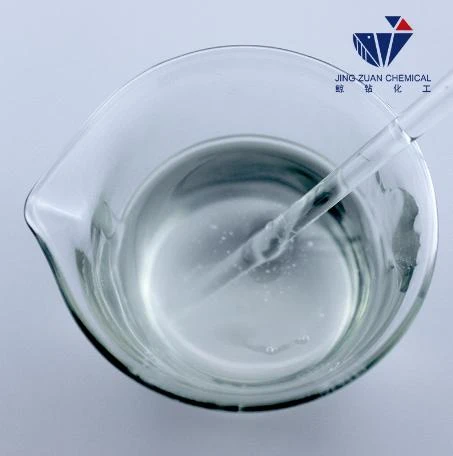
دسامبر . 31, 2024 01:55 Back to list
hydroxyalkyl cellulose
Understanding Hydroxyalkyl Cellulose A Versatile Polymer for Modern Applications
Hydroxyalkyl cellulose (HAC) is a non-ionic cellulose derivative that has garnered significant attention in various industries due to its unique properties and versatility. It is produced by the reaction of cellulose with alkylene oxides, resulting in a compound that boasts improved solubility and a broad range of functional attributes. This article delves into the characteristics, applications, and benefits of hydroxyalkyl cellulose.
Characteristics of Hydroxyalkyl Cellulose
HAC exhibits several notable characteristics that make it a valuable material in numerous applications. Firstly, it is soluble in both cold and hot water, a stark departure from native cellulose which is generally insoluble. The degree of substitution, which refers to the number of hydroxyalkyl groups per glucose unit, can be tailored, allowing for a range of solubility and viscosity properties. This adaptability is crucial for its use in various formulations, from pharmaceuticals to food products.
Moreover, hydroxyalkyl cellulose has excellent film-forming capabilities. When deposited as a thin layer, it can form cohesive, flexible films that provide a barrier against moisture, oxygen, and other environmental factors. This property is particularly advantageous in the packaging industry, where product preservation is essential.
Applications of Hydroxyalkyl Cellulose
The applications of hydroxyalkyl cellulose span across multiple sectors. In the pharmaceutical industry, HAC is commonly used as a binder and thickening agent in tablets and other dosage forms. Its biocompatibility and non-toxicity enhance its appeal for drug formulations, allowing for controlled release and improved bioavailability of active pharmaceutical ingredients.
In the landscape of cosmetics and personal care, hydroxyalkyl cellulose serves as a stabilizer and thickener in lotions, creams, and gels. Its ability to enhance texture and sensory feel makes it a favorite among formulators aiming for high-quality products. Additionally, HAC's film-forming properties are leveraged in hair care products, where it aids in providing hold and shine.
hydroxyalkyl cellulose

The food industry is another sector benefiting from hydroxyalkyl cellulose. As a food additive, HAC functions as a thickener, emulsifier, and stabilizer, helping to improve product consistency and shelf life. It is particularly useful in gluten-free products, where it contributes to texture and moisture retention, enhancing the overall quality.
Benefits of Hydroxyalkyl Cellulose
One of the primary benefits of hydroxyalkyl cellulose is its environmental compatibility. As a derivative of natural cellulose, it is biodegradable and poses minimal risk to the environment. This characteristic aligns with the growing demand for sustainable alternatives in consumer products.
Furthermore, HAC is customizable; by adjusting its degree of substitution, manufacturers can tailor its properties to meet specific requirements. This flexibility allows for innovation across industries, ensuring that products can adapt to evolving consumer demands.
In addition to its physical and chemical properties, hydroxyalkyl cellulose is also cost-effective. Its versatility means that manufacturers can streamline their ingredient lists, relying on HAC for multiple functional roles in a single product. This not only reduces costs but also simplifies manufacturing processes.
Conclusion
Hydroxyalkyl cellulose stands out as a multifunctional ingredient with a wide array of applications in various fields. Its unique properties, which combine the benefits of natural cellulose with enhanced performance, make it an invaluable resource in modern formulations. As industries continue to seek sustainable and efficient solutions, hydroxyalkyl cellulose is poised to play an even more significant role in driving innovation and meeting consumer needs. The future of this polymer looks promising as research and development efforts expand into new territories, revealing further potential uses and benefits.
-
Versatile Hpmc Uses in Different Industries
NewsJun.19,2025
-
Redispersible Powder's Role in Enhancing Durability of Construction Products
NewsJun.19,2025
-
Hydroxyethyl Cellulose Applications Driving Green Industrial Processes
NewsJun.19,2025
-
Exploring Different Redispersible Polymer Powder
NewsJun.19,2025
-
Choosing the Right Mortar Bonding Agent
NewsJun.19,2025
-
Applications and Significance of China Hpmc in Modern Industries
NewsJun.19,2025







